All hail the power of concrete architecture
‘Concrete Architecture’ surveys more than a century’s worth of the world’s most influential buildings using the material, from brutalist memorials to sculptural apartment blocks
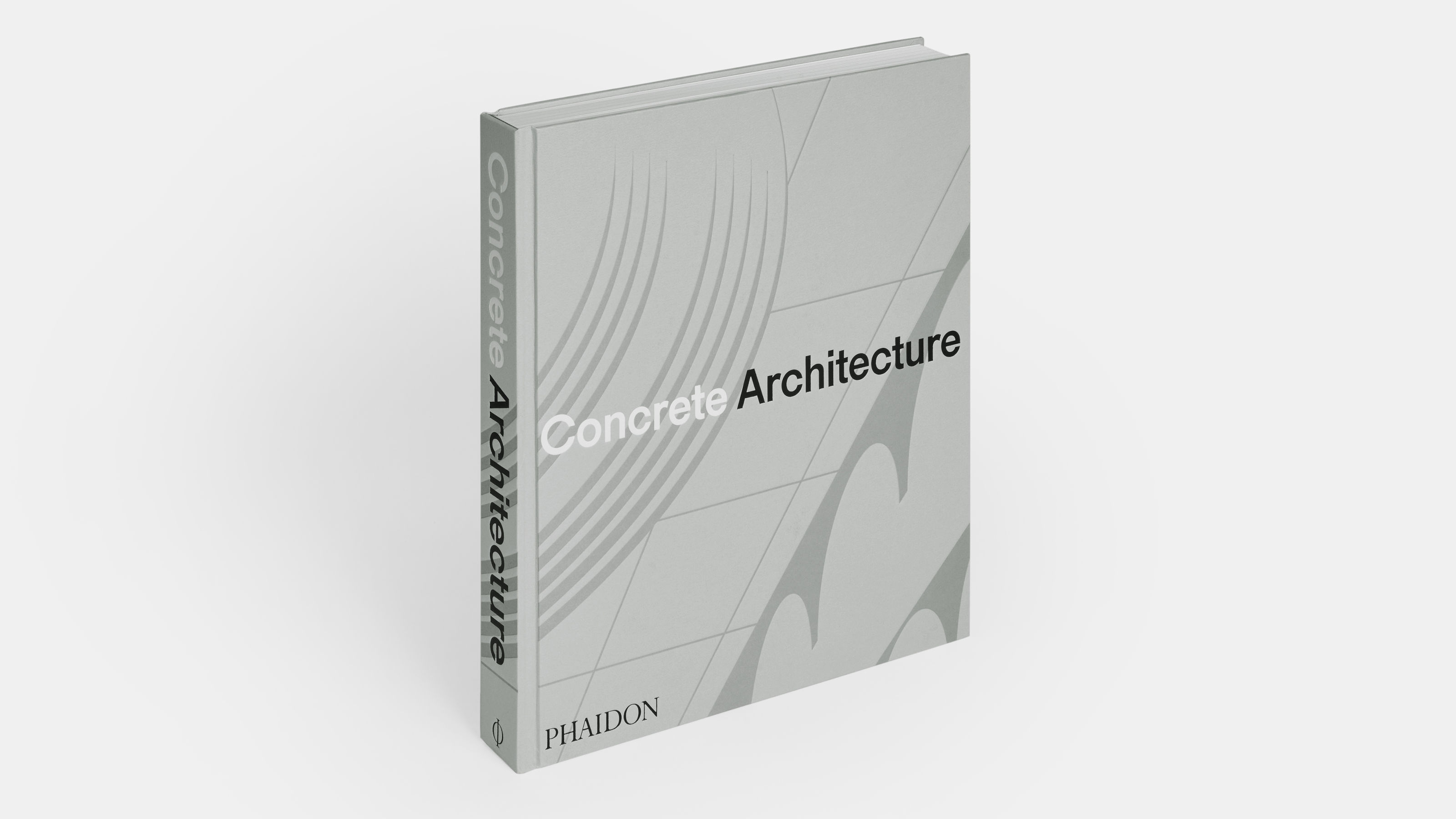
If ever a book was designed for a coffee table, it’s this hefty volume on concrete. Pitched at the diehard brutalist who desperately wants to convert others to their cause, Concrete Architecture makes its case through a feast of black and white imagery of the very best concrete architecture from around the globe, spanning the material’s earliest usage right up to the present day.
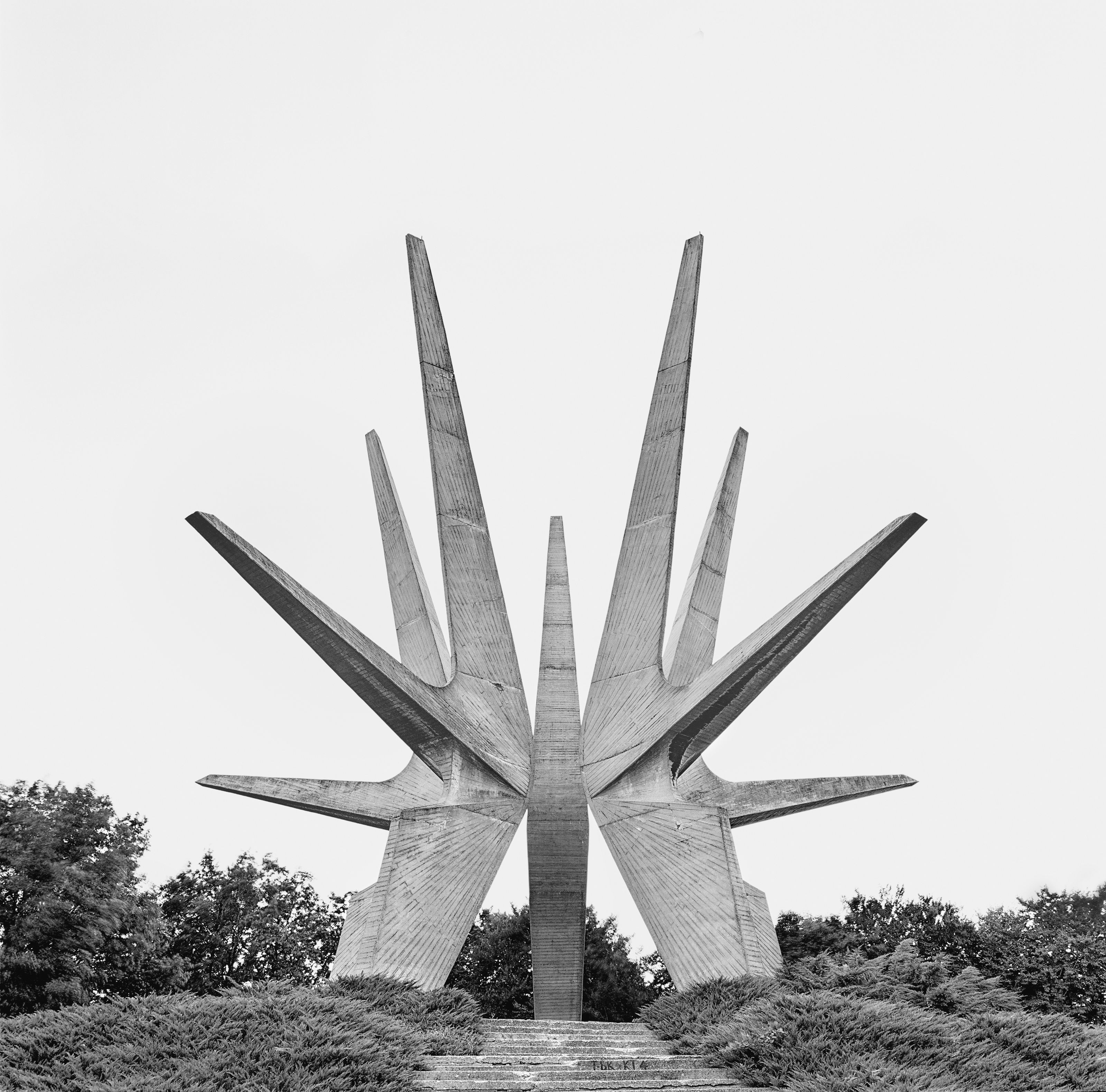
Monument to The Fallen Soldiers of The Kosmaj Partisan Detachment, Vojin Stojić, Gradimir Medaković, Belgrade, Serbia, 1970
Concrete Architecture: thrilling and divisive
Concrete can be seen as problematic, not least because its use often results in the most divisive of all architectural aesthetics, brutalism, but also because the material itself – though long-lasting and hard-wearing if mixed with sufficient care and attention – is extremely carbon intensive. Not only that, but unwanted concrete is tough and pricey to prise off the face of the earth once it’s no longer required.
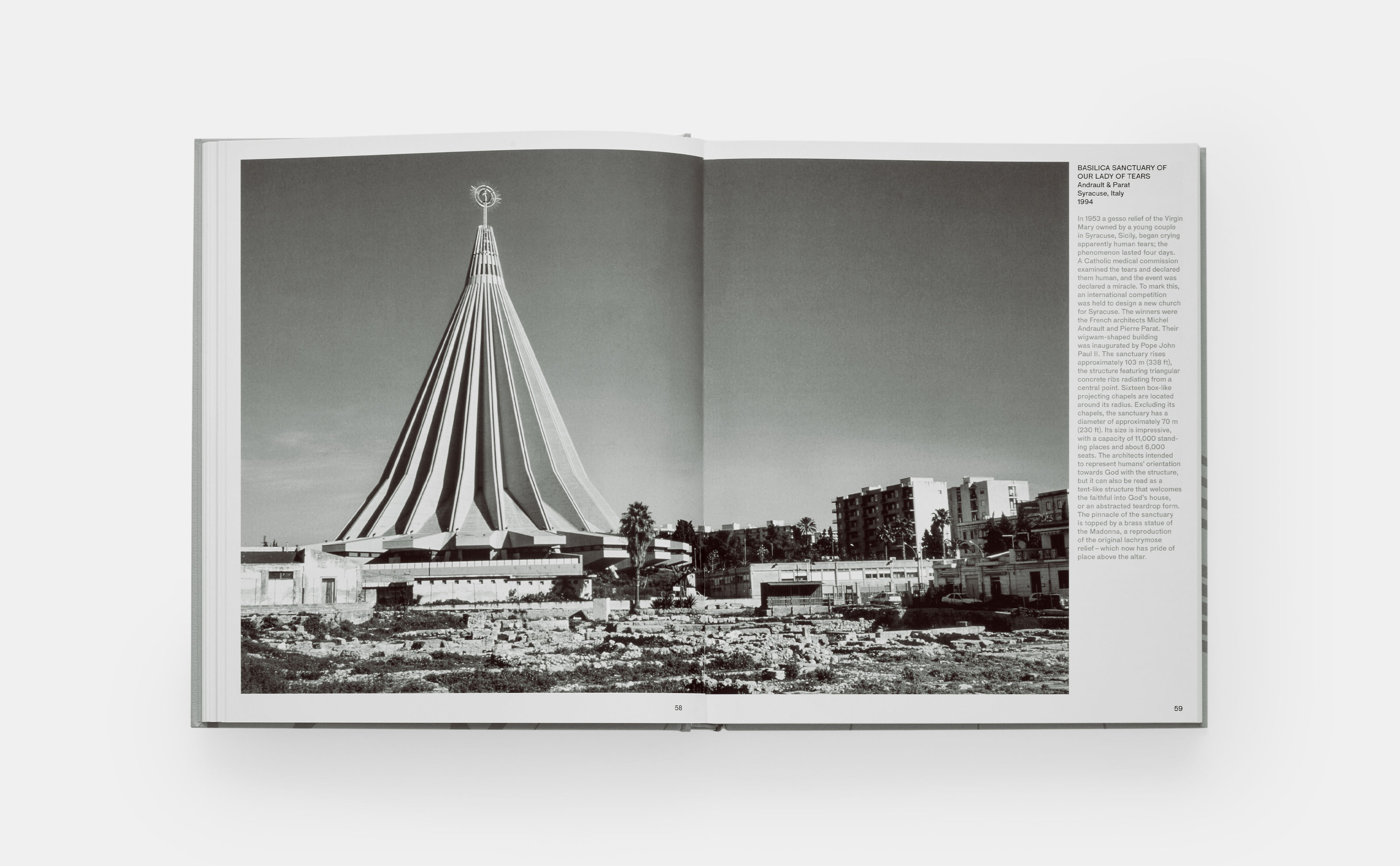
Spread from Concrete Architecture, published by Phaidon
That’s not a problem with any of the 300-plus projects featured within this architecture book. Although many have had ups and downs in their popularity, the pendulum of public taste has largely swung behind the preservation of even the most pugnacious of concrete structures. That said, some of the featured projects take the definition of architecture to its limits and perhaps reveal why the material could be so reviled.
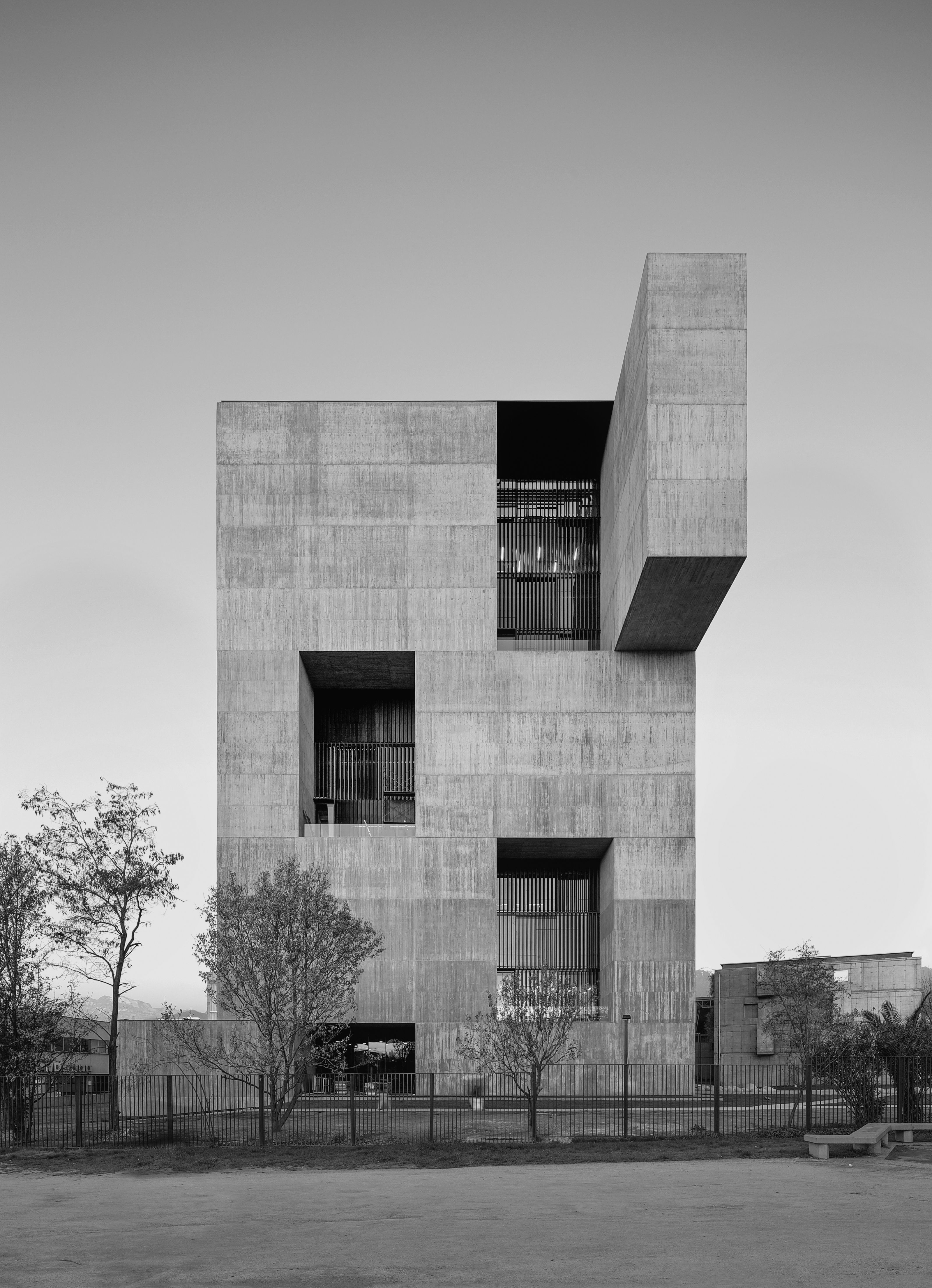
Innovation Centre, Pontifical Catholic University Of Chile, Elemental, Santiago, Chile, 2014
We’re thinking in particular of the MP4 L’Angle Tower on the island of Alderney, a Second World War-era German fortification, designed by the Organisation Todt as part of the Nazi occupation of the Channel Islands. Offensive, oppressive and malignant, it also retains a dark sculptural power, something that architects in the decades that followed sought to parlay into buildings that served progressive society, not fought against it.
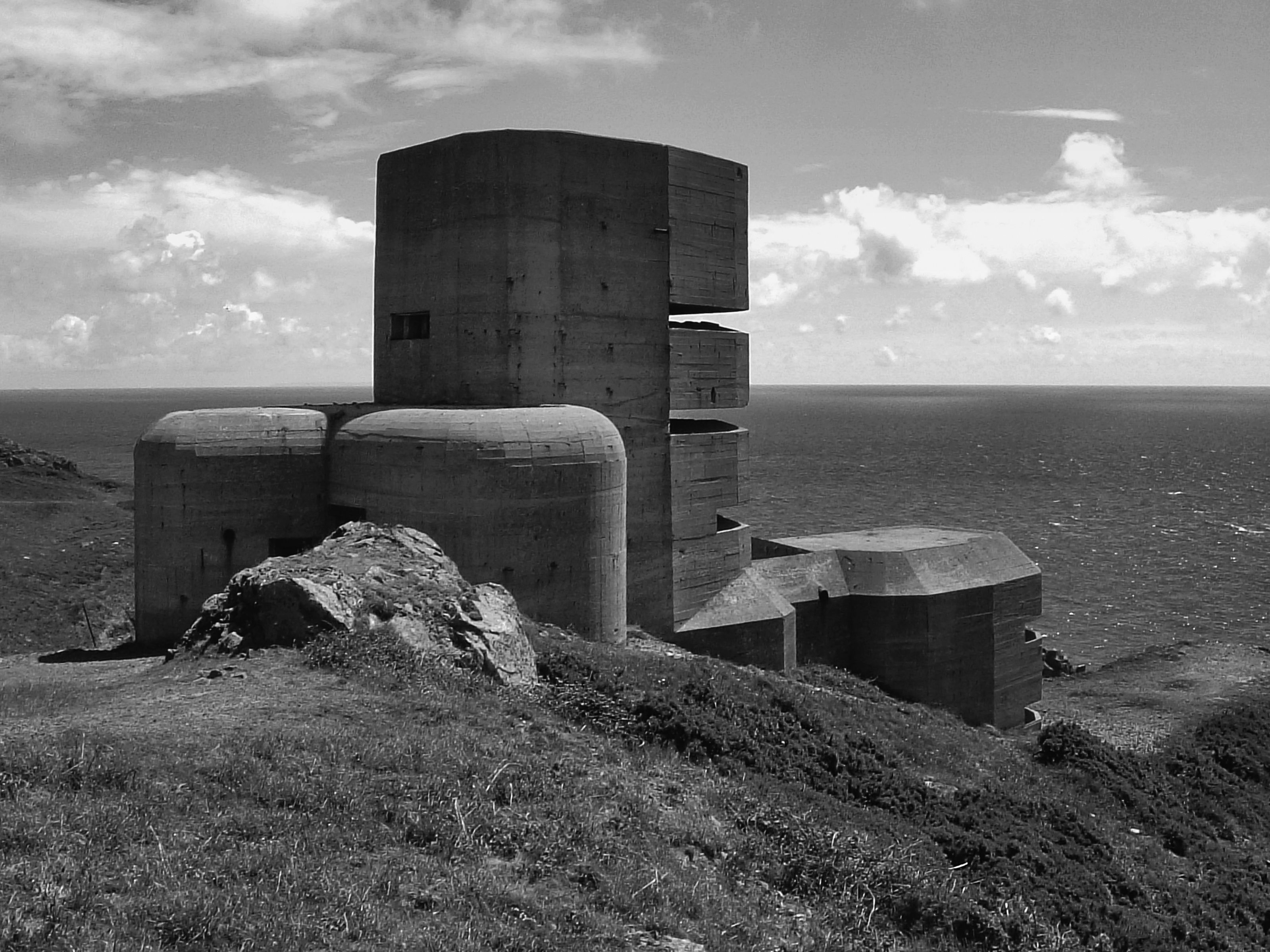
MP4 L’Angle Tower, Organisation Todt, Alderney, Bailiwick of Guernsey, Channel Islands, 1942
Hence concrete became beloved of ecclesiastical architects, as well as the designers of concert halls and apartment buildings, monuments, bridges, libraries, schools, hospitals and offices.
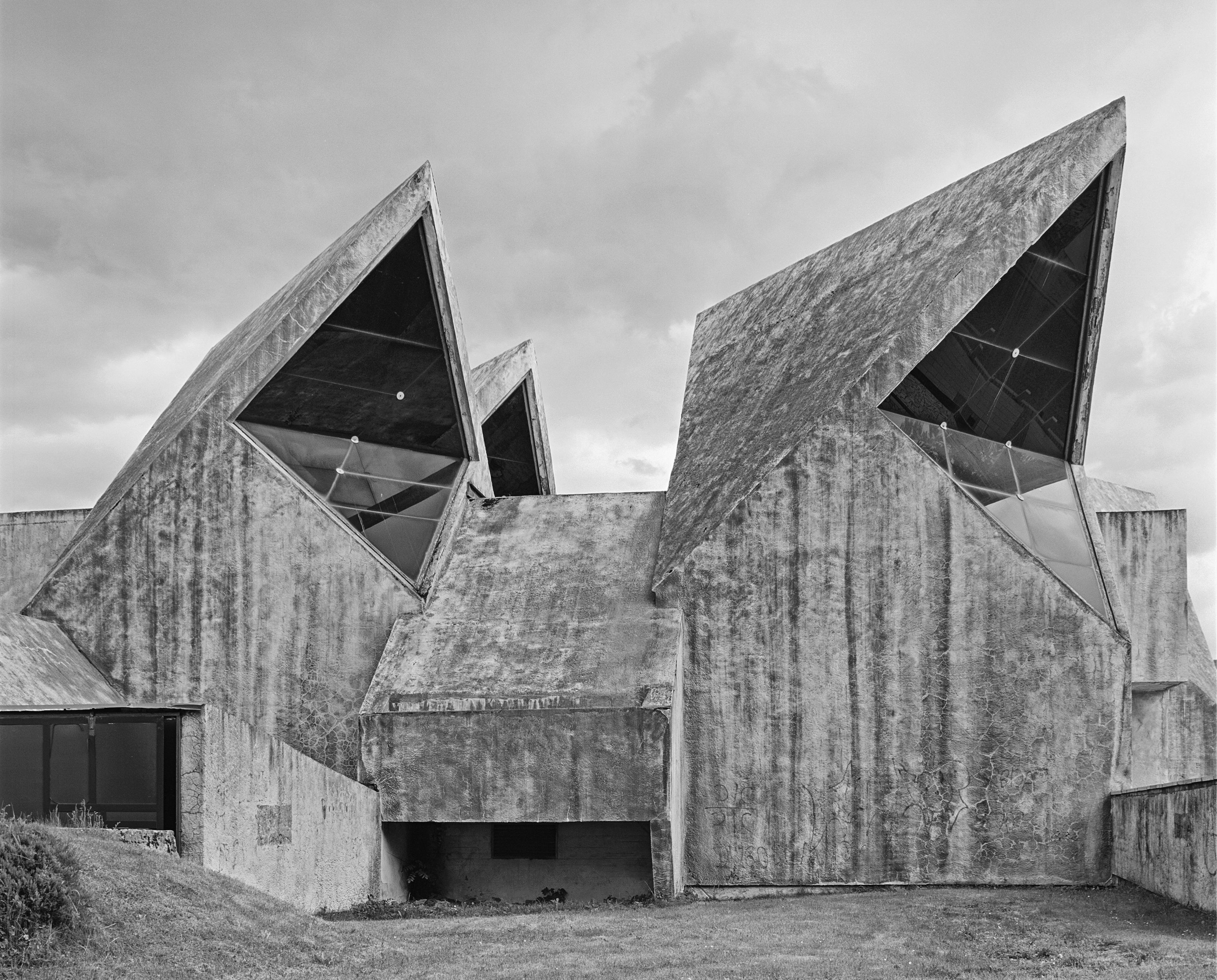
Memorial and Cultural Centre, Marko Mušič, Kolašin, Montenegro, 1979
Some of the best-known architects of the modern era shaped their reputations in concrete; it remains the preeminent component of infrastructure projects around the world.
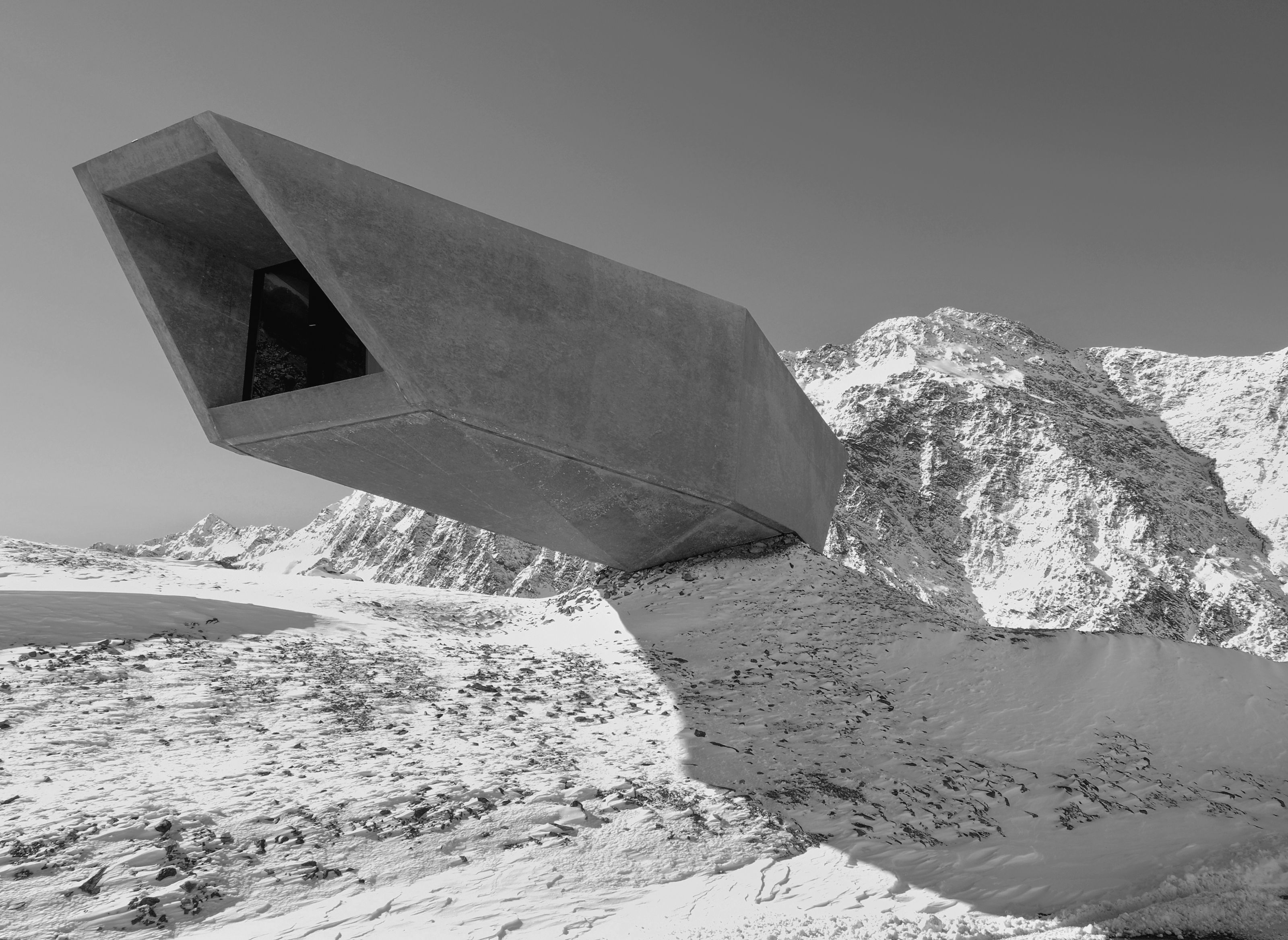
Timmelsjoch Experience Pass Museum, Werner Tscholl, Timmelsjoch, Austria, 2010
Nevertheless, its detractors point to its environmental impact and divisive aesthetic, perhaps having never managed to shake off the brutalist association with the bunker. Concrete Architecture is perhaps the best chance you'll get to try and change their mind.
Wallpaper* Newsletter
Receive our daily digest of inspiration, escapism and design stories from around the world direct to your inbox.
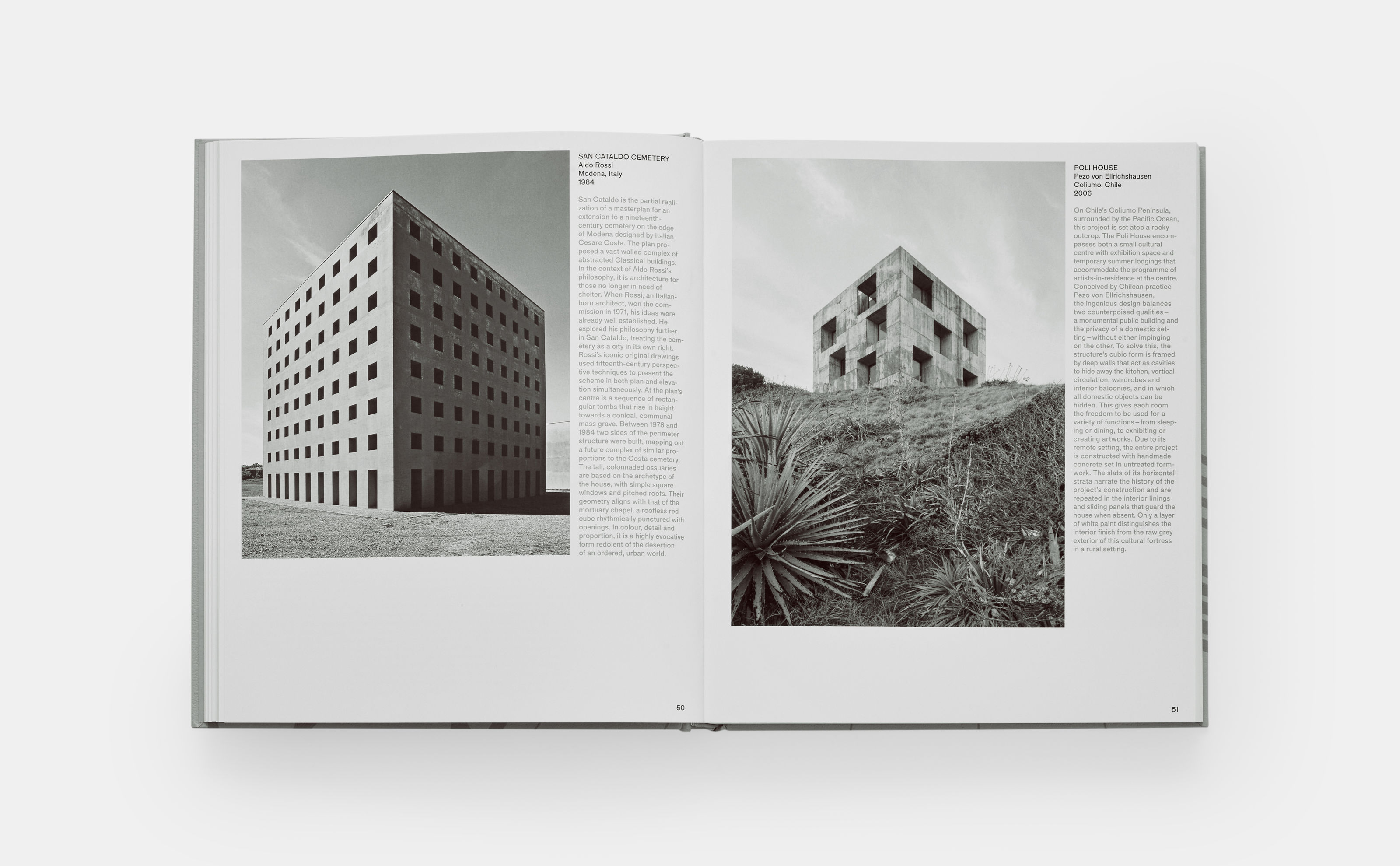
Spread from Concrete Architecture, published by Phaidon
'Concrete Architecture,' Phaidon Editors, with Sam Lubell and Greg Goldin, Phaidon, £59.95
Phaidon.com, also available from Amazon
Jonathan Bell has written for Wallpaper* magazine since 1999, covering everything from architecture and transport design to books, tech and graphic design. He is now the magazine’s Transport and Technology Editor. Jonathan has written and edited 15 books, including Concept Car Design, 21st Century House, and The New Modern House. He is also the host of Wallpaper’s first podcast.
-
 Put these emerging artists on your radar
Put these emerging artists on your radarThis crop of six new talents is poised to shake up the art world. Get to know them now
By Tianna Williams
-
 Dining at Pyrá feels like a Mediterranean kiss on both cheeks
Dining at Pyrá feels like a Mediterranean kiss on both cheeksDesigned by House of Dré, this Lonsdale Road addition dishes up an enticing fusion of Greek and Spanish cooking
By Sofia de la Cruz
-
 Creased, crumpled: S/S 2025 menswear is about clothes that have ‘lived a life’
Creased, crumpled: S/S 2025 menswear is about clothes that have ‘lived a life’The S/S 2025 menswear collections see designers embrace the creased and the crumpled, conjuring a mood of laidback languor that ran through the season – captured here by photographer Steve Harnacke and stylist Nicola Neri for Wallpaper*
By Jack Moss
-
 Ten contemporary homes that are pushing the boundaries of architecture
Ten contemporary homes that are pushing the boundaries of architectureA new book detailing 59 visually intriguing and technologically impressive contemporary houses shines a light on how architecture is evolving
By Anna Solomon
-
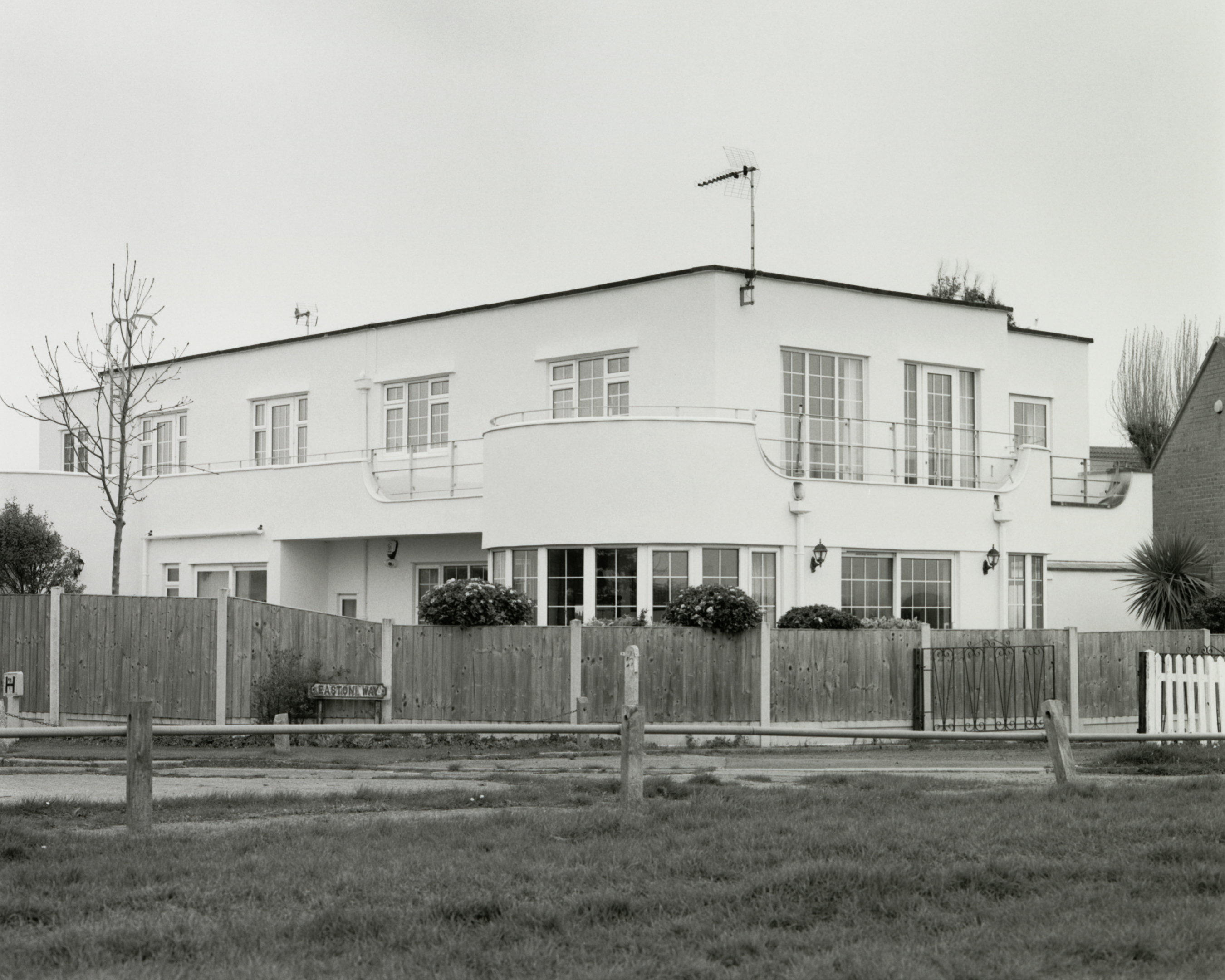 New book takes you inside Frinton Park Estate: the Essex modernist housing scheme
New book takes you inside Frinton Park Estate: the Essex modernist housing scheme‘Frinton Park Estate’, a new book by photographer James Weston, delves into the history of a modernist housing scheme in Essex, England
By Ellie Stathaki
-
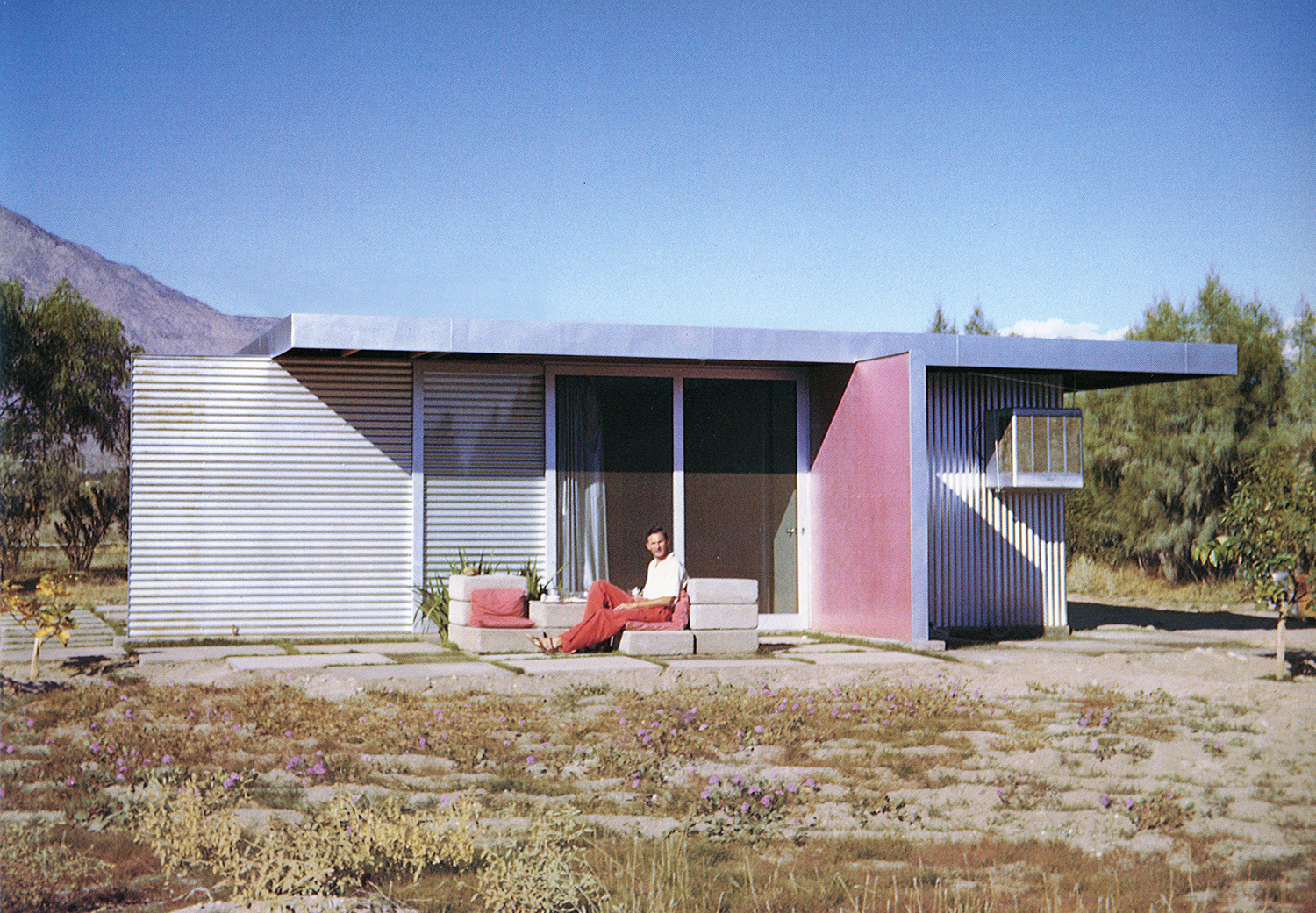 Take a deep dive into The Palm Springs School ahead of the region’s Modernism Week
Take a deep dive into The Palm Springs School ahead of the region’s Modernism WeekNew book ‘The Palm Springs School: Desert Modernism 1934-1975’ is the ultimate guide to exploring the midcentury gems of California, during Palm Springs Modernism Week 2025 and beyond
By Ellie Stathaki
-
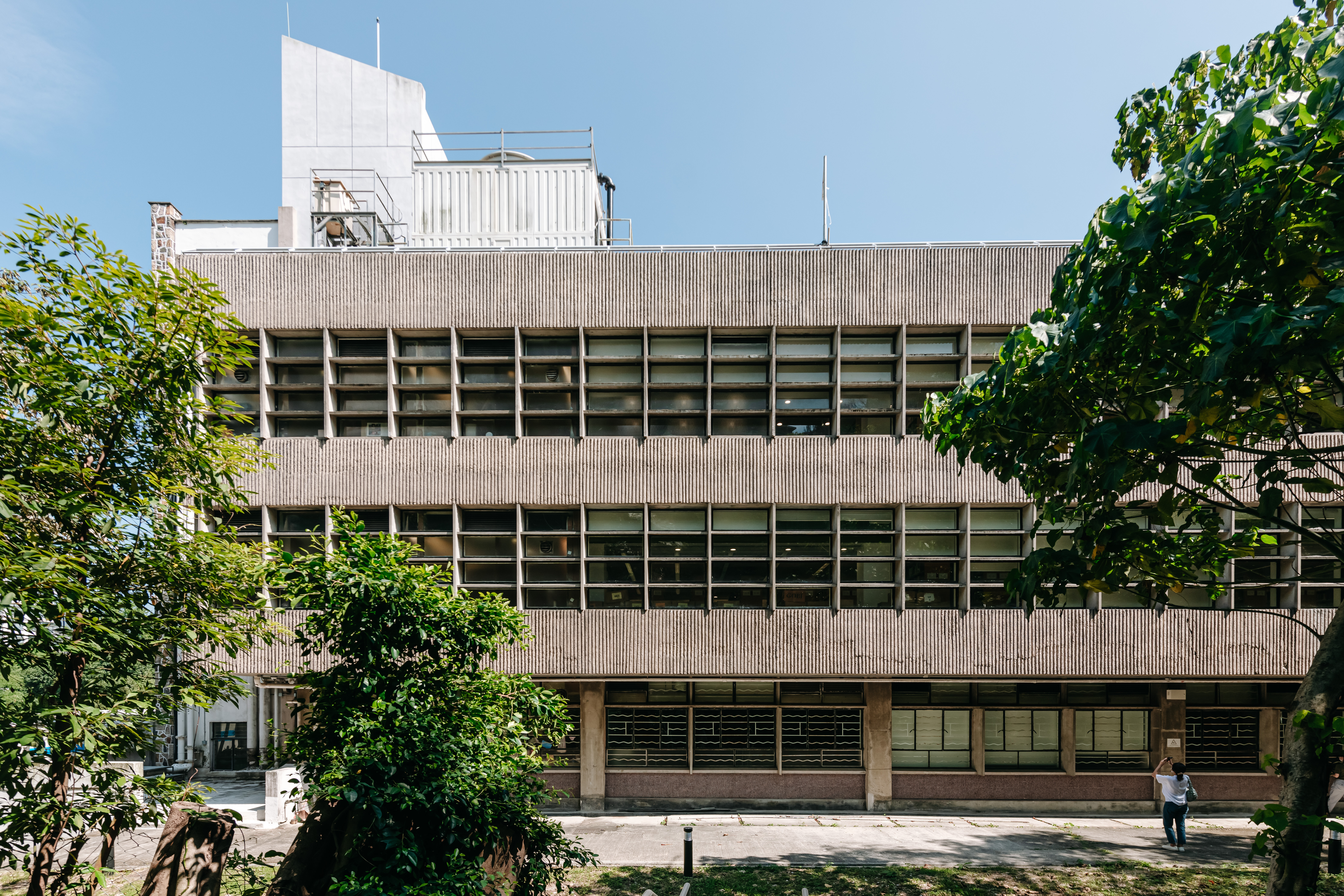 Hong Kong brutalism explored: tour the island with this new architectural map
Hong Kong brutalism explored: tour the island with this new architectural mapHong Kong brutalism is brought into sharp focus through the launch of Brutalist Hong Kong Map, the latest of its kind in publisher Blue Crow Media’s 20th-century architecture series
By Yoko Choy
-
 'Mid-Century Modern Masterpieces' captured in new monograph like no book before
'Mid-Century Modern Masterpieces' captured in new monograph like no book before'The Atlas of Mid-Century Modern Masterpieces' chronicles hundreds of iconic structures from this golden age of architectural expression
By Jonathan Bell
-
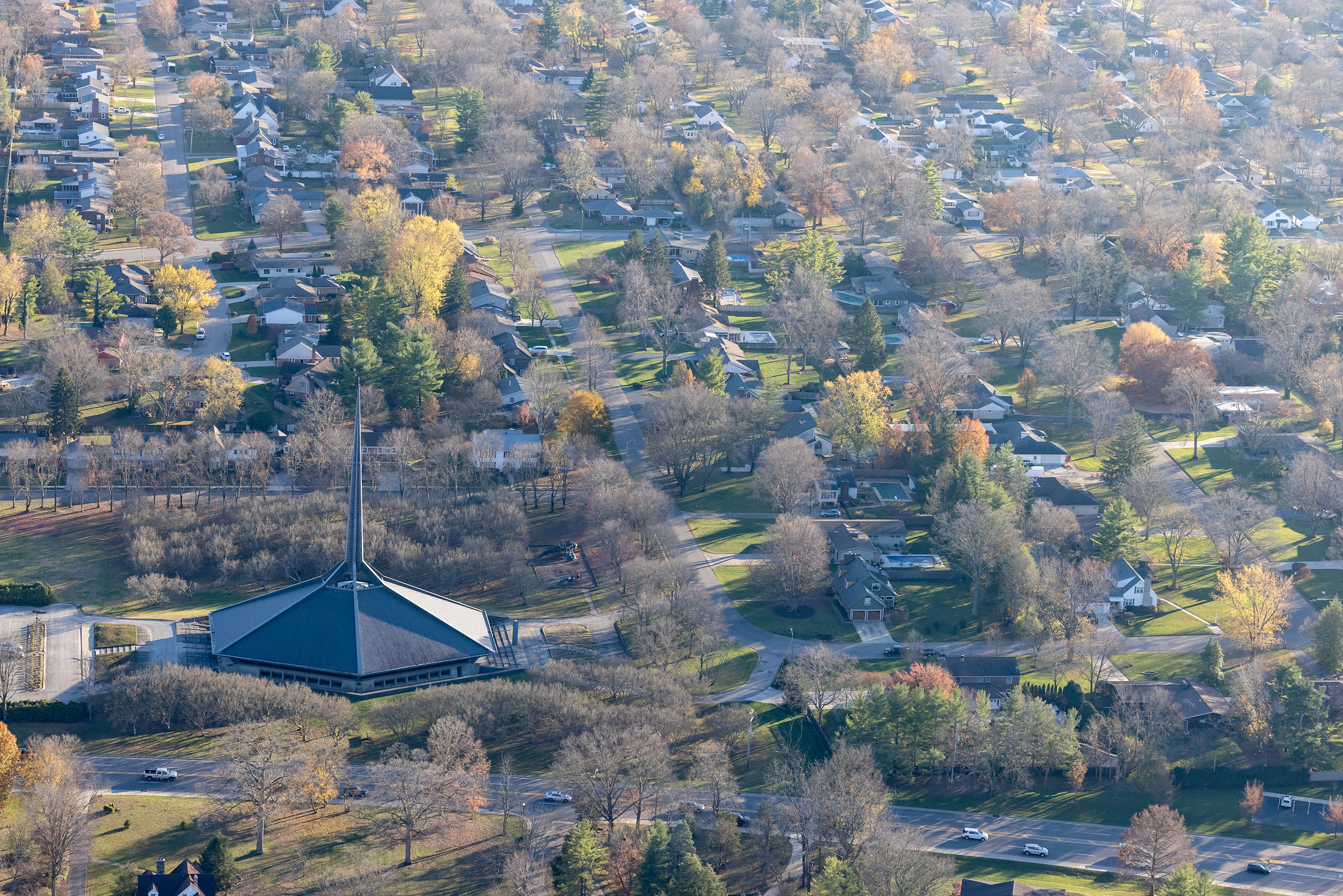 Dive into these new architecture books: Autumn 2024's reading
Dive into these new architecture books: Autumn 2024's readingThe Wallpaper* guide to the new architecture books for Autumn 2024 - from meaty monographs to themed explorations and lots of immersive visuals
By Ellie Stathaki
-
 Remembering Alexandros Tombazis (1939-2024), and the Metabolist architecture of this 1970s eco-pioneer
Remembering Alexandros Tombazis (1939-2024), and the Metabolist architecture of this 1970s eco-pioneerBack in September 2010 (W*138), we explored the legacy and history of Greek architect Alexandros Tombazis, who this month celebrates his 80th birthday.
By Ellie Stathaki
-
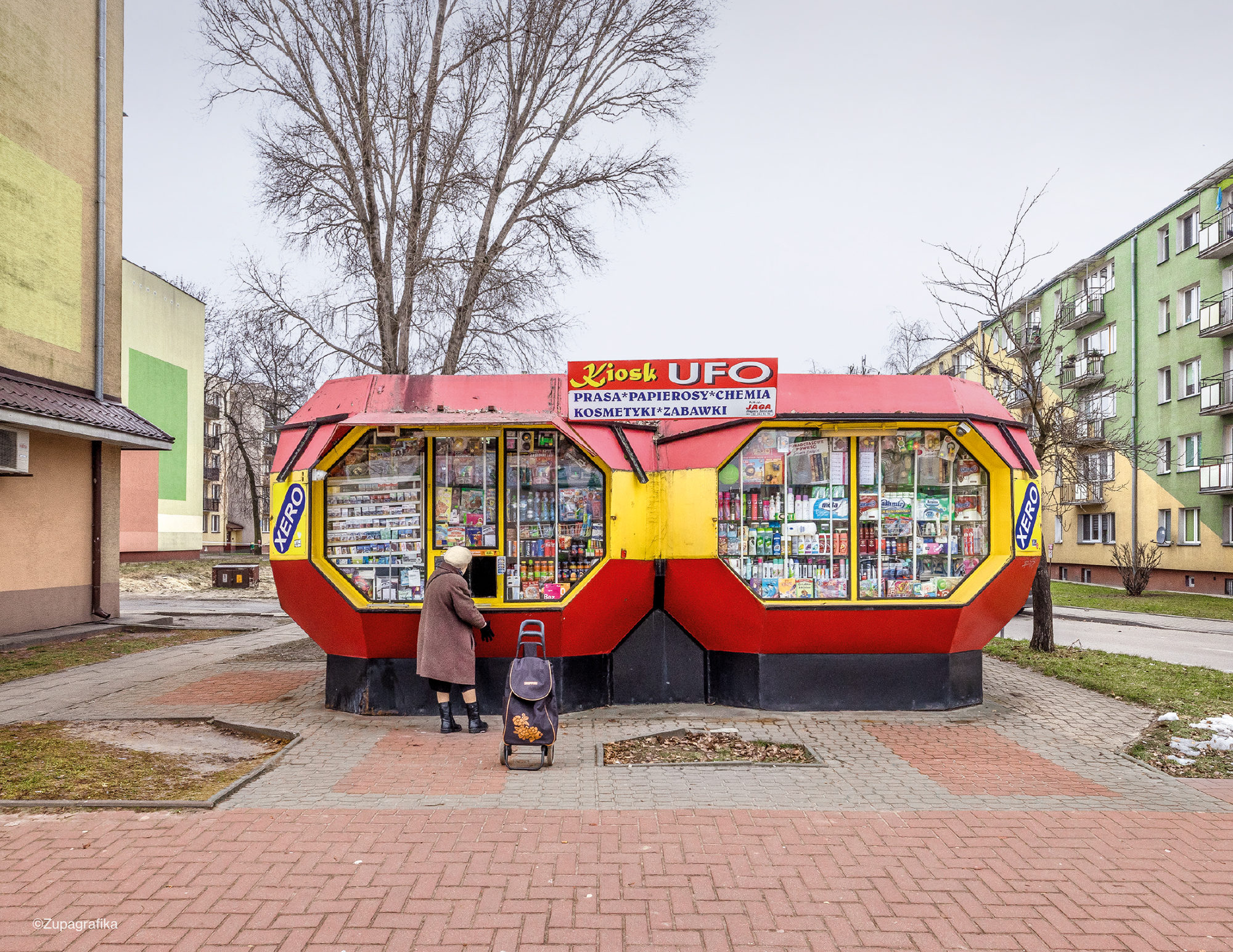 'Kiosk: The Last Modernist Booths' book chronicles a little-known area of Eastern Bloc architecture
'Kiosk: The Last Modernist Booths' book chronicles a little-known area of Eastern Bloc architectureZupagrafika brings Kiosk design, a forgotten slice of socialist architecture history, to life with this collection of modular, modernist booths
By Jonathan Bell